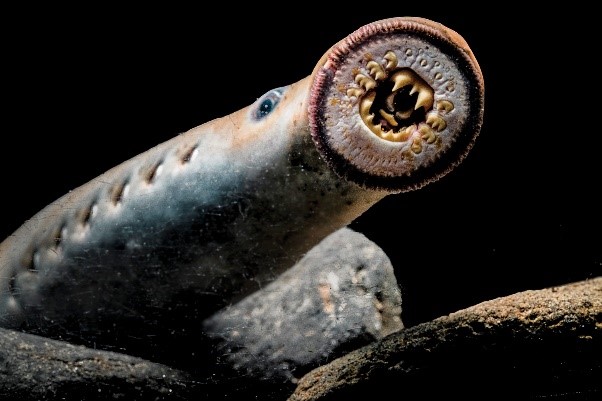





Disclaimer: Copyright infringement not intended.
In News
Lamprey
Range
|
PRACTICE QUESTION Q. Which of the following species have survived through major extinction events? 1. Tardigrade 2. Lampreys 3. Horseshoe Crabs 4. Flying Gecko Choose the correct code. A. 1 and 3 only B. 1 only C. 1, 2 and 3 only D. All of the above Answer: C. 1,2 and 3 only. |







© 2025 iasgyan. All right reserved